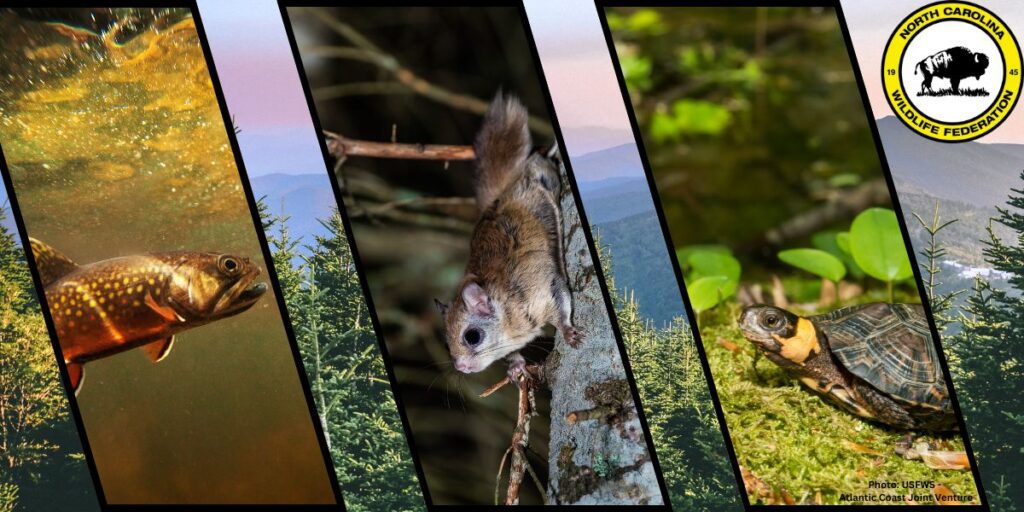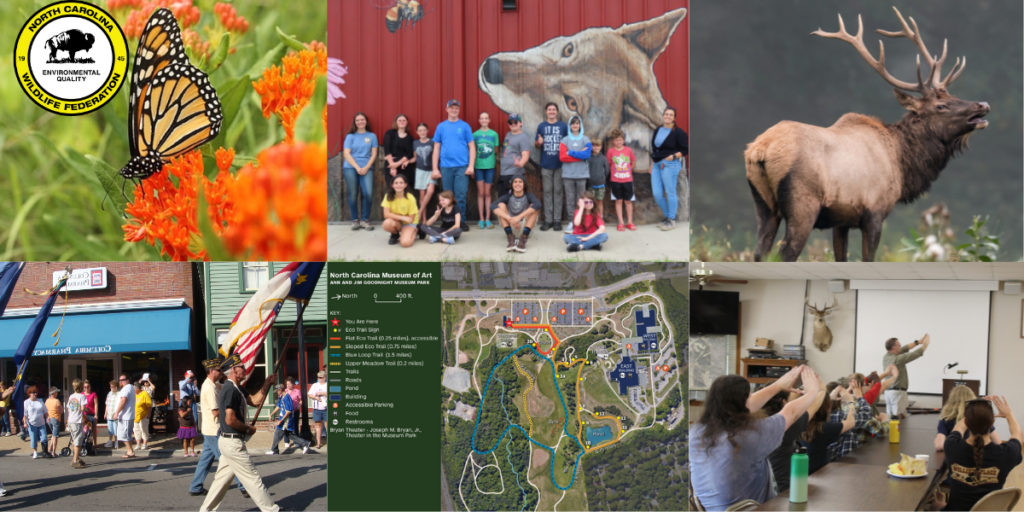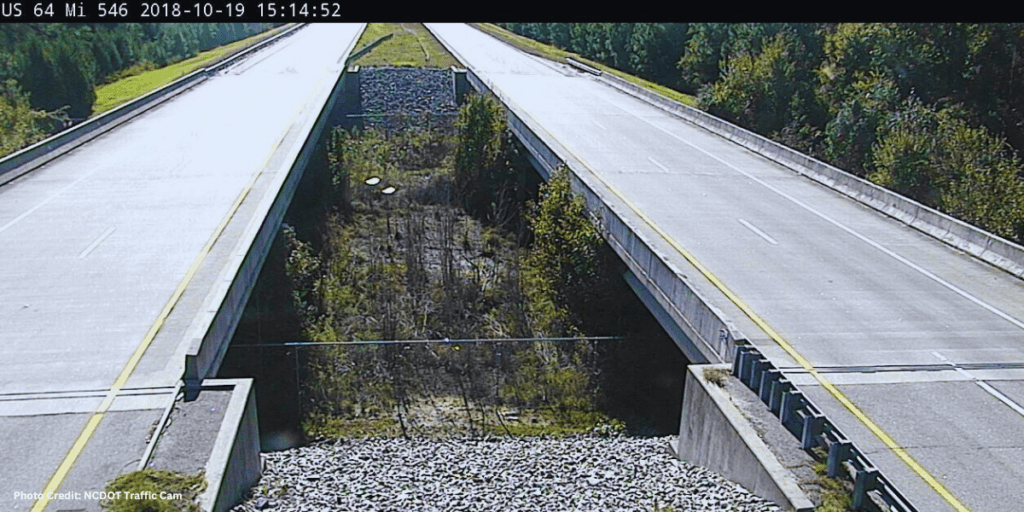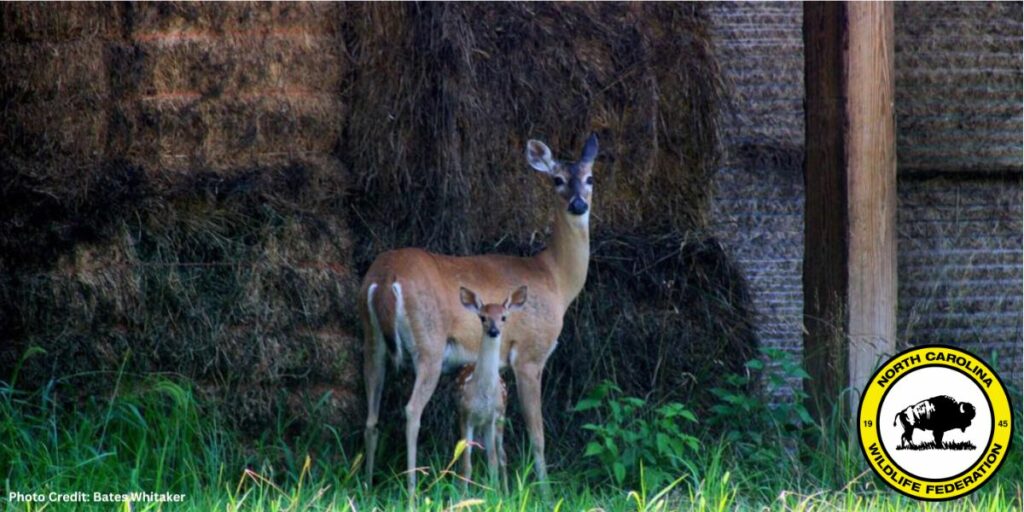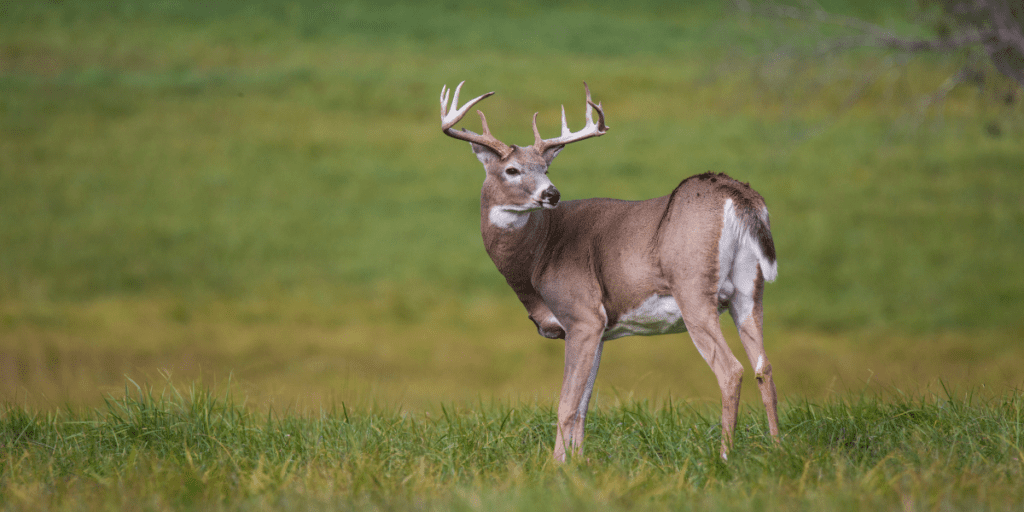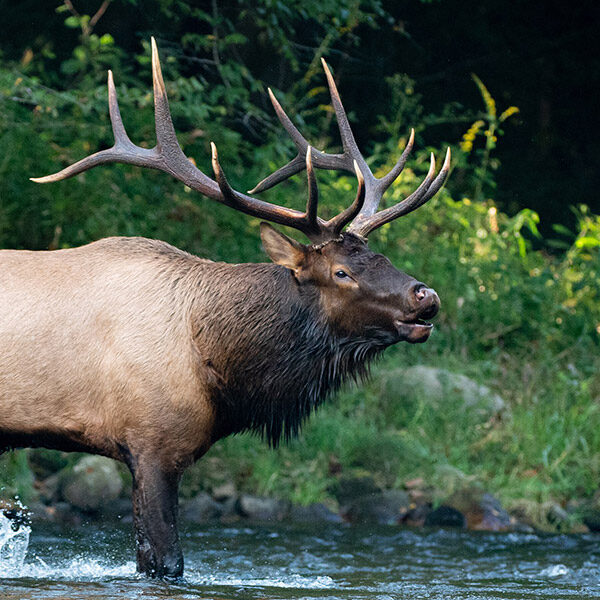Elk in North Carolina
The Problem
Habitat Fragmentation and Elk
Centuries ago, vast herds of elk used to roam the southern Appalachians and pretty much all throughout most of North America. They were one of the most popular animals to harvest among settlers to the region. Overhunting led to a decline of the herd by the end of the 18th century and they became extinct in North Carolina in the 1790s. Which is why some people may be surprised to learn that we have wild elk roaming the Smoky Mountains today.
In the mountains of North Carolina more than 200 wild elk roam their historic eastern range. The triumphant return of this majestic animal to the Southern Appalachians is nothing short of a wildlife success story, and one that is still being written today. Elk populate the Great Smoky Mountain National Park and adjacent areas, but in order to achieve a healthy and sustainable herd, actions will be needed to increase public land holdings, navigate co-existence issues with private land owners, and implement wildlife crossing and connectivity measures, and herd expansion.
The Solution
Address Habitat Fragmentation Problems
NCWF is working with a collaborative group, Pigeon River Gorge Wildlife Connectivity Collaborative, to determine ways to reduce wildlife collisions and address human-safety concerns on roadways. We’re exploring wildlife crossings and connectivity in the I-40 and US-19 roadway corridors in western North Carolina. And, we continue to advocate for elk habitat and enhancement to help improve herd health and increase their population.

NCWF has a long-term lease on parcel of land in Haywood county that elk frequent and landowners value. As herbivores, elk rely on habitat like this open field.
What We're Doing
Outcomes & Impact
NCWF supports efforts to:
- Facilitate the expansion of elk to adjacent lands.
- Work with private landowners to protect elk.
- Increase the amount of habitat and management strategies for elk on state game lands.
- Increase elk awareness, outreach and education.
- Collaborate with stakeholders and the public to support elk restoration in North Carolina.
Additionally, the U.S. Forest Service’s Twelve-Mile Project centers on positively impacting elk population numbers while supporting other early succession-dependent species in Pisgah and Nantahala National Forests.
We support the proposed plan to increase the number of young forests in the 0- to 10-year age class. The Twelve-Mile Project also will:
- Thin overstocked forest
- Designate small patch old-growth areas
- Increase prescribed fire
- Create wildlife openings
- Promote shortleaf pine where appropriate
- Promote oak regeneration
- Replace inadequate culverts with ones better designed to support aquatic organism passage.
Majestic Elk
If you haven’t had a chance to hear the elk bugling during rut season, you are missing out on one of nature’s most amazing songs. As the population of elk grows since their re-introduction into the Great Smoky Mountain National Park, the bugling can be heard as the bulls try to achieve dominance. After years of absence, the elk have been returned to their native lands and the herd size has steadily increased. Join us to learn how the NC Wildlife Resources Commission and NC Wildlife Federation worked together to return these majestic animals to the wilds of North Carolina and how you can enjoy these impressive creatures. Justin McVey the mountain regional district wildlife biologist for the North Carolina Wildlife Resources Commission, will tell us about the re-introduction and the management of the elk herds in western NC.
Recent News
Upcoming Events
How You Can Help
Join the Cause and Make an Impact
Help NCWF preserve wildlife and wild places for our children and future generations. Learn More.


